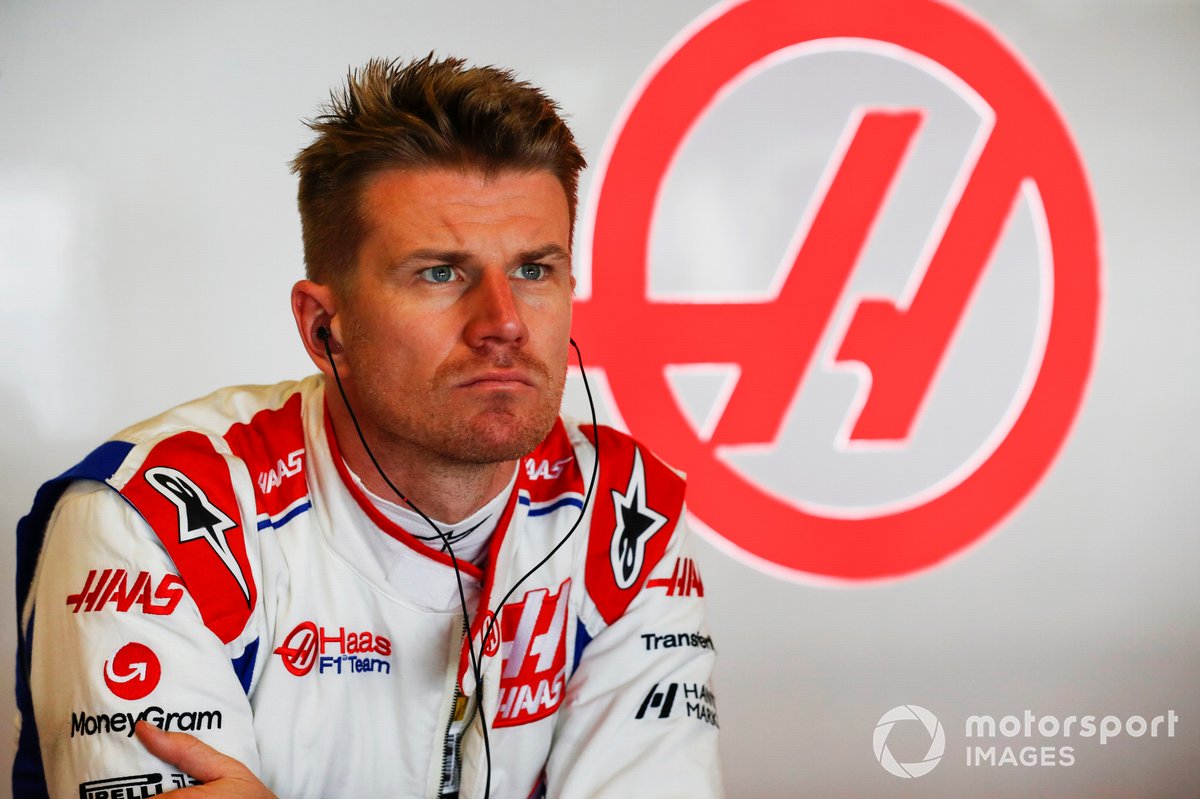
Haas will unveil the livery for its 2023 car, the VF-23, on Tuesday, and has set its sights on a more consistent and stable season following an eventful 2022 campaign.
The team cut ties with driver Nikita Mazepin and title sponsor Uralkali on the eve of the new campaign following Russia’s invasion of Ukraine, but saw its on-track fortunes take an upturn as it rejoined the midfield fight.
While Haas’s fluctuating form meant it could only finish eighth in the standings at the end of the season, it enjoyed a late hurrah courtesy of Mazepin’s replacement, Kevin Magnussen, in Brazil as he scored the team’s first F1 pole.
Discussing Haas’s up-and-down form in an end-of-season interview, Steiner told Autosport: “If you could have more equal [form], it would be better. But as long as you can have some highs, it’s good.
“It takes a lot of energy out of you, the ups and downs, because you have got these highs where you are flying, and you’ve got these lows where you need to recover. So it’s very difficult.
“But in the end, it’s better having a rollercoaster than having just downs like 2021.”
Haas failed to score any points in 2021 after opting not to develop its car so it could focus its resources on the new technical regulations for 2022. The decision to field two rookie drivers - Mazepin and F2 champion Mick Schumacher - also meant it was short of experience to help bring the team forward.

Haas is taking a very different approach to its driver line-up this year after replacing Schumacher with F1 veteran Nico Hulkenberg. Combined with Magnussen, it means the Haas pairing will boast over 300 F1 starts, making it one of the more experienced line-ups on the grid.
Steiner’s hope is that Hulkenberg’s added experience can help make some of the high points of 2022 occur more regularly through this year.
“We know we can do it, we just need to do it consistently,” said Steiner.
“That’s what we are working on, and that is one of the reasons why we took an experienced driver. It’s not one thing to make it better, it’s a lot of little things.
“As a team, we have to improve: we have to improve processes, we have to get people the right job to do, get good people to do things. It’s a lot of small challenges to make this happen.
“You can see, if everything works, you are up. But if one of the things falls out, you are done. It’s a work in progress.”







